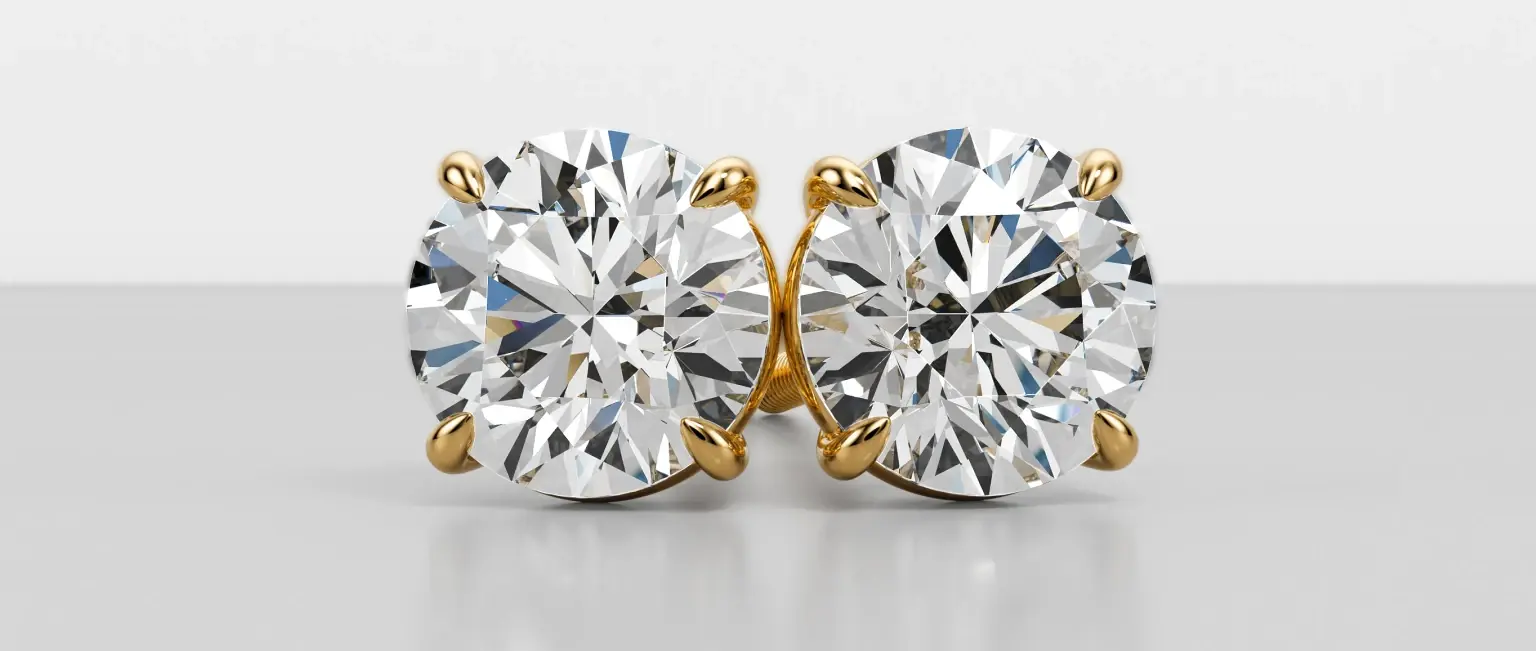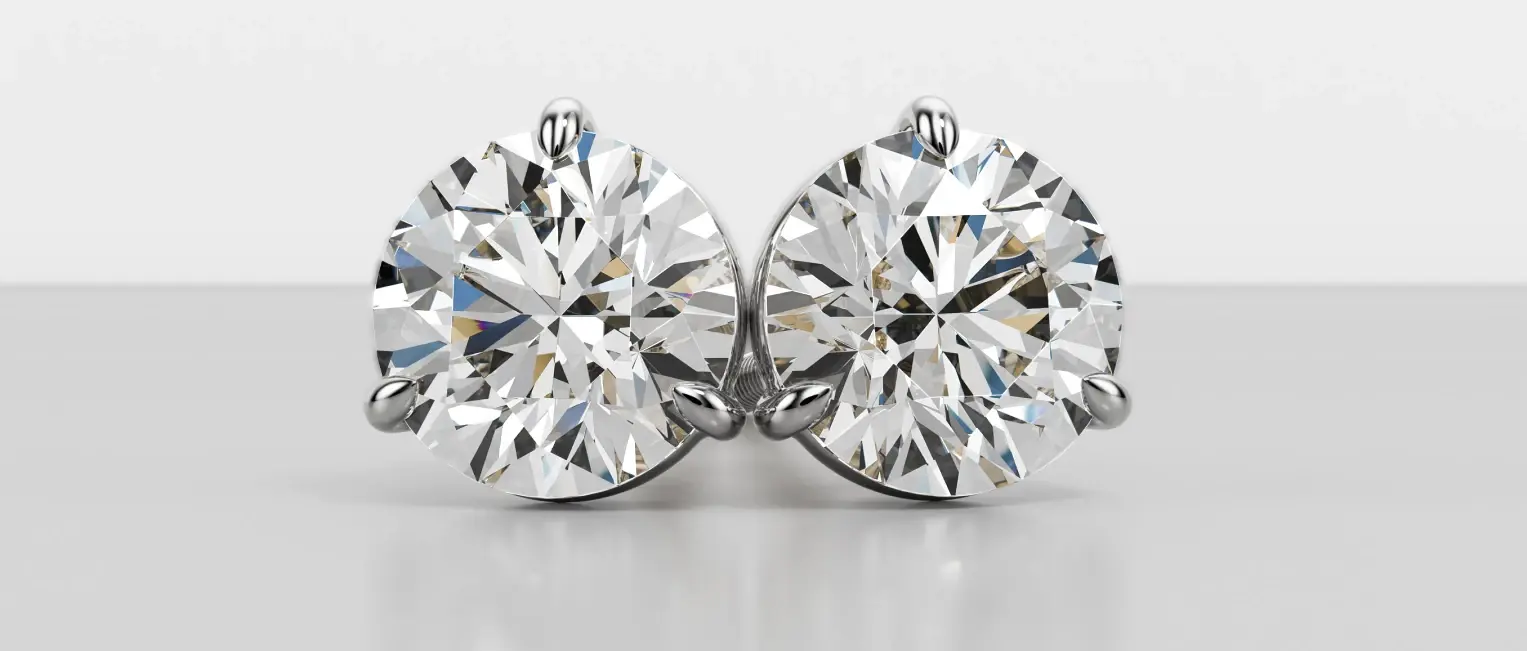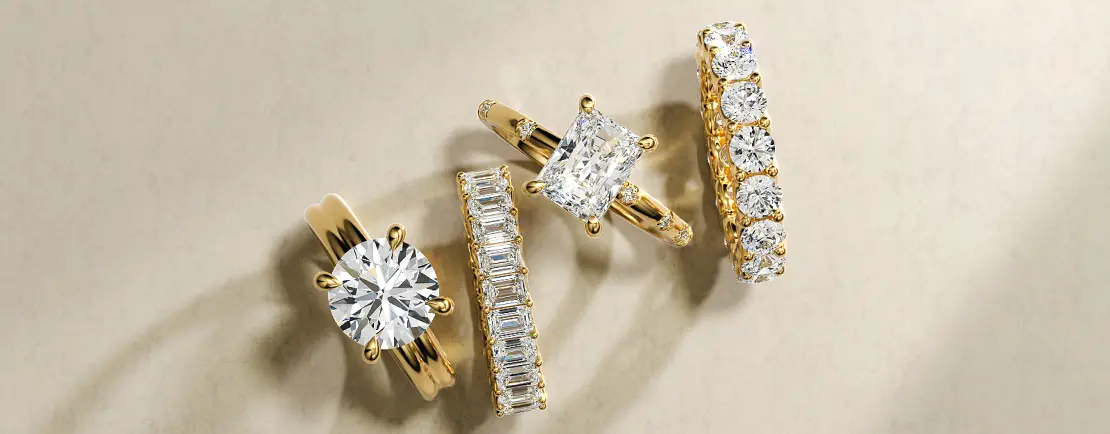The Role of Jewelry in Different Cultures
-Discover How Jewelry Has Played a Significant Role in Various Cultures Throughout History and Today
Nov 20, 2023

From precious metals to natural materials like shells and stones, jewelry has been part of the human experience since time immemorial. The desire for personal adornment is part of what makes us human, but is that all jewelry is?
The truth is that jewelry has served many different roles over time and in different cultures. It’s not just about the “bling.” Jewelry can be deeply spiritual, speak to our place within society, and more. In this article, we’ll explore the many different roles jewelry has played over time and those it plays today.
Cultural Status/Position
One of the most common historical uses of jewelry was to denote cultural status or position. More prominent members of ancient societies usually wore more ostentatious jewelry as a sign of their position. This is often reflected in the quality and quantity of so-called “grave goods,” which usually included jewelry but might also include other items depending on the society, such as weapons, horses, chariots, and more.
Wealth
Jewelry has always carried with it some connotation of wealth. Even today, we use jewelry as a display of wealth and opulence. In some cultures, jewelry was used as wealth, though. Beads made of rare materials, beautiful stones, and precious metals were exchanged for goods and services. Some cultures consider jewelry a form of investment. Others use it as part of a bride’s dowry to help make her a more attractive match for high-status prospects.
Marital Status
We tend to think of engagement rings and wedding rings as modern innovations designed to tell others about our relationship status. However, jewelry has long been used as an indication of marital status. In Pakistan, women still wear jewelry on special occasions that proclaim their marital status, as well as their wealth. Many other cultures around the world and throughout history have used different types of jewelry for the same purposes.
Religious Purposes
Jewelry has long been used for religious purposes. Indian jewelry’s rich, complex designs are good examples of this, but you can look at many other cultures, too. Westerners have also worn jewelry for religious purposes for thousands of years. You only need to look at the number of crosses still worn today to see a hint of this. Other examples include Catholic crucifixes, Christian ichthys (fish) symbols, Islam’s star and crescent moon, Buddhism’s dharma chakra, the Hindu Om symbol, the Star of David, and even the yin-yang symbol.
Spiritual Protection
Jewelry isn’t always for adornment or display. Sometimes, it serves a more practical purpose. For instance, Native Americans in the Southwest treasured turquoise jewelry because the material was supposed to offer protection from physical and spiritual dangers. In ancient China, people wore jade because it was supposed to ward off evil spirits. Ancient Greek aesthetics used komboloi – strings of beads – as spiritual tools, similar to how rosaries are used. Today, people wear precious and semi-precious stones because they are supposed to offer spiritual benefits, such as protection from evil/danger, enhanced energy flow, improved creativity, and more.
History and Heritage
Many people wear jewelry today that ties into their history and heritage. Ankhs, the Eye of Horus, Christian crosses, pentacles, Thor’s hammer – these are just a few examples of adornments that people wear to remind themselves and to tell others of where their family comes from or their cultural identity. Other examples include unique beaded jewelry fashioned by many African tribes. These display unique colors and patterns specific to their tribes and communicate a great deal of information about who they are, where they come from, and the history of their people.
Personal Identity and Expression
In the West, jewelry is primarily used as a means of personal identity and self-expression today. We wear necklaces that evoke personality traits, rings that speak to our sense of style and beauty, and earrings that connect with different aspects of our personalities. We wear jewelry to commemorate special occasions or to show that we’re a member of a particular social group. Jewelry can also be considered an heirloom and be passed down through families, carrying with it monetary and sentimental value. Other cultures have done the same throughout time.
Why Jewelry?
Why has jewelry been used for such wide-ranging roles in so many societies over the course of human history?
It’s likely that jewelry-wearing began as an outgrowth of other practices, like body painting, and was initially more related to personal adornment than anything else. Over time, different symbols, styles, and materials came to be associated with different things by cultures around the world. Many factors led to this differentiation, including the wide range of materials that can be used to create jewelry, from gold and silver to seashells.
What Does Jewelry Mean to You?
Jewelry has played many different roles throughout humanity’s history, from displaying marital status to acting as a store of wealth. What does your jewelry mean to you? Is it primarily about self-expression and displaying your personal sense of style? Do you wear religious jewelry? Do you have a particular necklace, ring, or pair of earrings that you feel is “lucky” or amplifies positive energy?
There is no right or wrong answer here. Many people own a mix of different jewelry, some that carry sentimental value, some that make them feel more confident or capable, and some that connect with them on a deeper level.
A Deeper Connection with Others
In all cases, jewelry has an uncanny ability to transcend time and bridge different cultures. While the deepest connotations of a piece of jewelry from a different culture might not be immediately apparent, the value, beauty, and specialness of the piece are obvious. Jewelry can act as a connector between different cultures and even different time periods, enabling a deeper understanding of other people and what they might consider beautiful or meaningful.





















